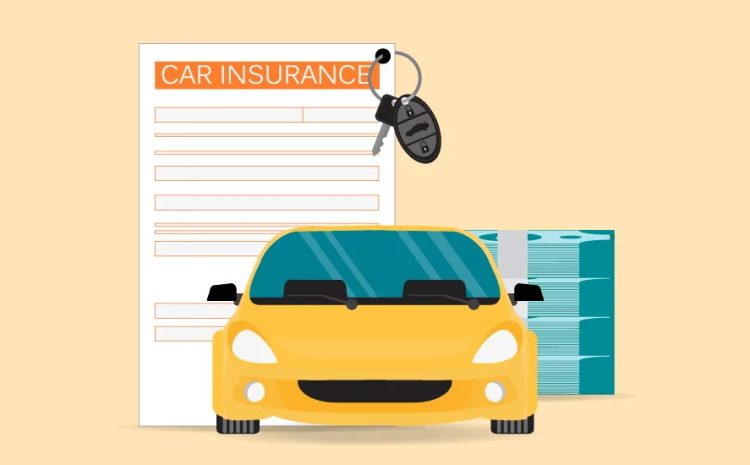The “Great Wealth Transfer” is upon us, with trillions of dollars poised to shift hands across generations in the coming decades. This monumental shift is reshaping the very definition of estate planning. No longer a simple exercise in drafting a will and minimizing taxes, the modern approach to wealth transfer is a holistic, forward-thinking strategy that encompasses values, communication, technology, and proactive family governance. It’s a move from merely dictating the distribution of assets at death to actively cultivating a lasting legacy that prepares the next generation for stewardship and financial success.
Shifting Focus: From Wealth to Intent and Wisdom
Historically, estate planning was primarily focused on asset protection and minimizing estate tax liability. While these goals remain critical, the modern approach recognizes that wealth is often preserved or destroyed not by legal documents, but by the preparedness of the heirs.
The Three Pillars of Modern Wealth Transfer
A contemporary plan is built on a foundation of three interconnected pillars:
- Financial Assets and Tax Efficiency: This is the traditional domain, involving sophisticated legal structures like various Trusts (e.g., Irrevocable Life Insurance Trusts (ILITs), Grantor Retained Annuity Trusts (GRATs), Dynasty Trusts) and strategic gifting to leverage annual and lifetime gift tax exclusions. The goal here is to employ tax-efficient strategies that allow wealth to appreciate outside of the taxable estate.
- Values and Communication: This is arguably the most crucial modern pillar. Wealth transfer often fails when the intent of the original owner is not clearly communicated, leading to family conflict and a breakdown of relationships. Modern planning emphasizes family meetings—structured, frequent conversations designed to communicate financial philosophy, share family history, and articulate the purpose of the wealth. This fosters transparency, preempts disputes, and ensures that financial literacy is imparted alongside the assets.
- Heir Preparedness and Stewardship: Simply handing over a large sum of money can be detrimental. A modern plan focuses on empowering the next generation to manage their inheritance responsibly. This involves phased distribution of assets through trusts (e.g., at certain ages or milestones), financial education programs tailored to the heirs’ needs, and mentoring in family business or philanthropic principles. The aim is to transfer leadership and insight, not just dollars.
Innovative Tools and Strategies for Tax Efficiency
While the focus has broadened, core tax-saving strategies have become even more sophisticated and essential, especially for high-net-worth families.
Advanced Trust Structures
- Intentionally Defective Grantor Trusts (IDGTs): This advanced technique is used to “freeze” the value of appreciating assets for estate tax purposes. The grantor sells assets to the IDGT in exchange for a promissory note. Since the asset’s future growth occurs within the trust and is not subject to estate tax, this strategy allows for significant wealth transfer while removing future appreciation from the grantor’s estate.
- Grantor Retained Annuity Trusts (GRATs): Ideal for assets expected to appreciate significantly, a GRAT allows the grantor to transfer the asset into the trust while retaining an annuity interest for a specific term. If the asset’s actual growth rate exceeds a set IRS hurdle rate, the excess appreciation passes to the heirs tax-free.
- Family Limited Partnerships (FLPs) and LLCs: These structures are used to consolidate family assets (such as a business or real estate) under centralized management. They offer asset protection benefits and can facilitate wealth transfer by allowing owners to gift minority interests in the entity to heirs. Critically, these gifted interests may qualify for valuation discounts for lack of marketability or control, reducing the taxable value of the gift.
The Role of Lifetime Gifting
Leveraging the annual gift tax exclusion is a straightforward yet powerful strategy. Currently, individuals can gift a set amount per recipient each year without incurring gift tax or using up their lifetime exemption. Over many years and across multiple recipients (children, grandchildren, etc.), this can substantially reduce the size of a taxable estate.
Furthermore, direct payment of medical or tuition expenses on behalf of another person, if paid directly to the institution, does not count as a taxable gift and does not use up the annual exclusion, making it a powerful strategy for immediate generational support.
The Digital Transformation of Estate Planning
Technology is rapidly evolving from a peripheral tool to a central component of modern wealth transfer. The proliferation of digital assets—from cryptocurrency and NFTs to online accounts, social media, and intellectual property—requires specific inclusion in any modern estate plan.
Technology as an Enabler
- Digital Asset Inventory: A modern plan must include a detailed, secure inventory of all digital assets, including access information (like recovery codes) and clear instructions for their disposition. Failure to plan for digital assets can lead to them being inaccessible or lost forever.
- AI-Enhanced Platforms: FinTech platforms are increasingly using Artificial Intelligence (AI) to streamline the process. AI can help advisors model complex wealth transfer scenarios, analyze existing legal documents for inconsistencies, and automate the generation of foundational estate documents, making sophisticated planning more accessible and efficient.
- Blockchain and Smart Contracts: While still emerging, the use of blockchain technology and smart contracts could eventually automate and secure the distribution of certain assets based on predefined conditions (e.g., death certificates), potentially bypassing some traditional legal complexities and reducing the time and cost associated with probate.
Bridging the Gap with Multi-Generational Advising
Technology also facilitates better communication and coordination between the different professional advisors (attorneys, CPAs, wealth managers) and the family members themselves. Secure online portals and platforms allow for continuous updates, scenario testing, and real-time collaboration, ensuring the plan remains a living, breathing document that adapts to changing laws, family dynamics, and market conditions.
Conclusion: A Legacy of Preparation
The modern approach to Wealth Transfer: A Modern Approach to Estate Planning is fundamentally a shift from a transactional event to a relational process. It moves beyond the mechanics of tax law to embrace the enduring value of family communication, financial education, and responsible stewardship.
A truly successful plan not only minimizes tax erosion but also maximizes the chances that the transferred wealth will serve as a force for stability and good for future generations. By focusing on intent, leveraging sophisticated legal and tax strategies, and embracing the efficiencies of technology, families can transition their wealth in a manner that preserves not just their financial portfolio, but their most valuable legacy: their wisdom and values.
The new benchmark for estate planning success is not the size of the estate, but the level of preparedness and harmony of the succeeding generations.






